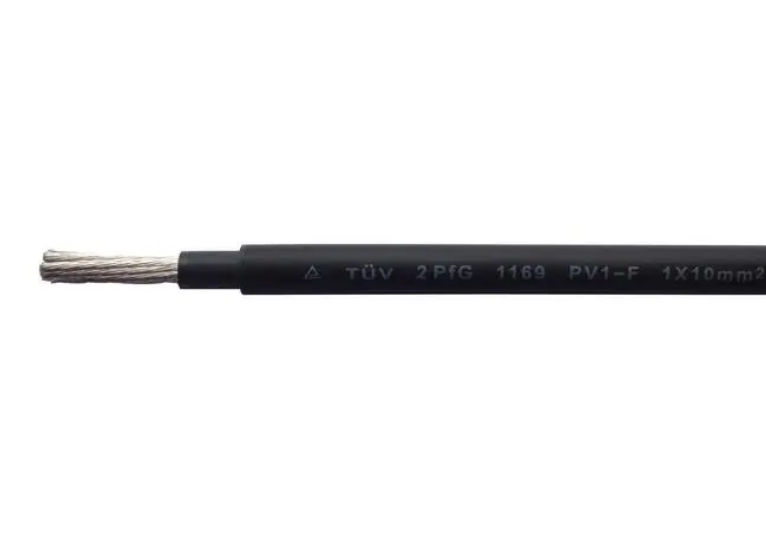Engineers have developed a modern solar cell with record voltage and efficiency for its kind. These all-peroxide series solar cells or solar pv cables use two layers of peroxides that can take advantage of different wavelengths of light, plus a special surface treatment that reduces energy waste. In photovoltaics, peroxidase is a particularly promising material that is making a run at silicon's throne. Not only is it excellent at absorbing sunlight energy, it's thinner, lighter, more flexible, and easier and cheaper to make.
In terms of efficiency, usage of peroxide fuel cells has risen dramatically in little more than a decade, from under 4 percent in 2009 to more than 25 percent in 2021, so much so that they now rival silicon-based solar cells. It works even better in so-called series cells, in which multiple layers of material are stacked on top of each other to collect different wavelengths of light from the sun. For example, Perovskit-silicon tandem solar cells recently passed the 30% efficiency milestone.

In the original study, a team of engineers from the University of Toronto created and tested an all-peroxide series solar cell. How can a solar cell be all peroxide and still be in series? This is because the material's thickness and chemical composition can be adjusted to allow it to take advantage of different parts of the solar spectrum, thus two different materials can be combined in one device.
"In our cell structure, the top peroxide layer has a wider band gap, which is nicely absorbed in the ultraviolet part of the spectrum as well as some visible light," said Chongwen Li, co-lead author of the study. The bottom layer has a narrow band gap, which is tuned more to the infrared part of the spectrum. In between, we can cover more of the spectrum than we can with silicon."
Using this design, the team reports a maximum efficiency of 27.4 percent for a solar cell with a size of 1 square centimeter (0.15 in), which would be a current record for this type of cell, and impressive for any type of solar cell. However, the team is not claiming to be the champion, as the previous independent certification by the US National Energy Administration recorded an efficiency of 26.3%, while the all-peroxide series solar cell is only 0.1% shy of the current official record holder.
The battery did set a new record for its voltage performance. The team measured an open-circuit voltage of 2.19 volts, the highest of any all-peroxide series solar cell.
Both of these impressive figures are due to adjustments made at the interface between the peroxide light-absorbing layer and the electron-carrying layer. The team found that the electric field was not consistent across the surface of the peroxide, meaning that some electrons were lost to the circuit. Then the team added a thin coating called 1, 3-malonethium (PDA), which distributed the charge more evenly across the surface.
Future work will focus on improving the efficiency of solar cells by making them more stable, increasing the current and expanding the size of the cells, the team claimed.
